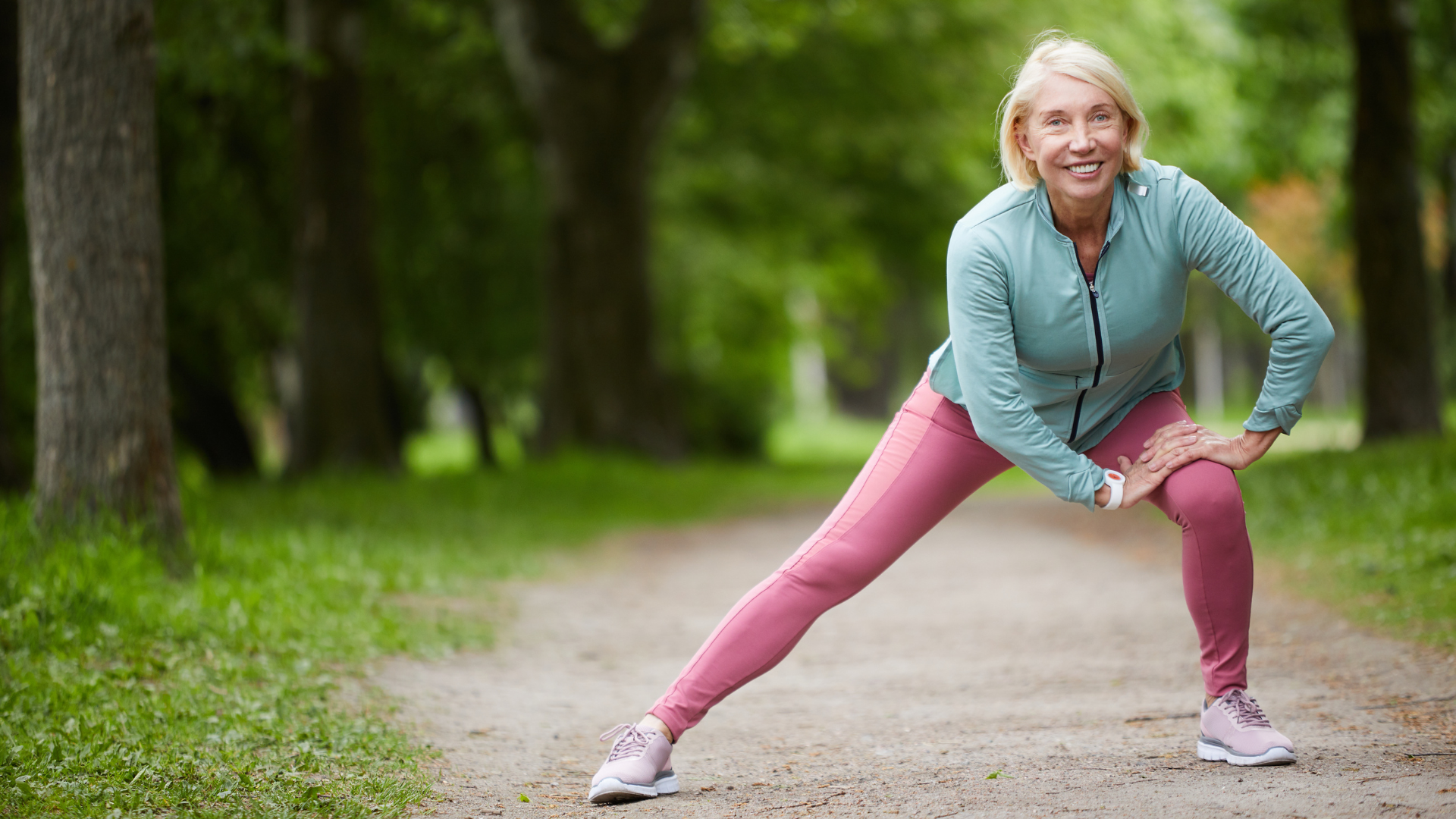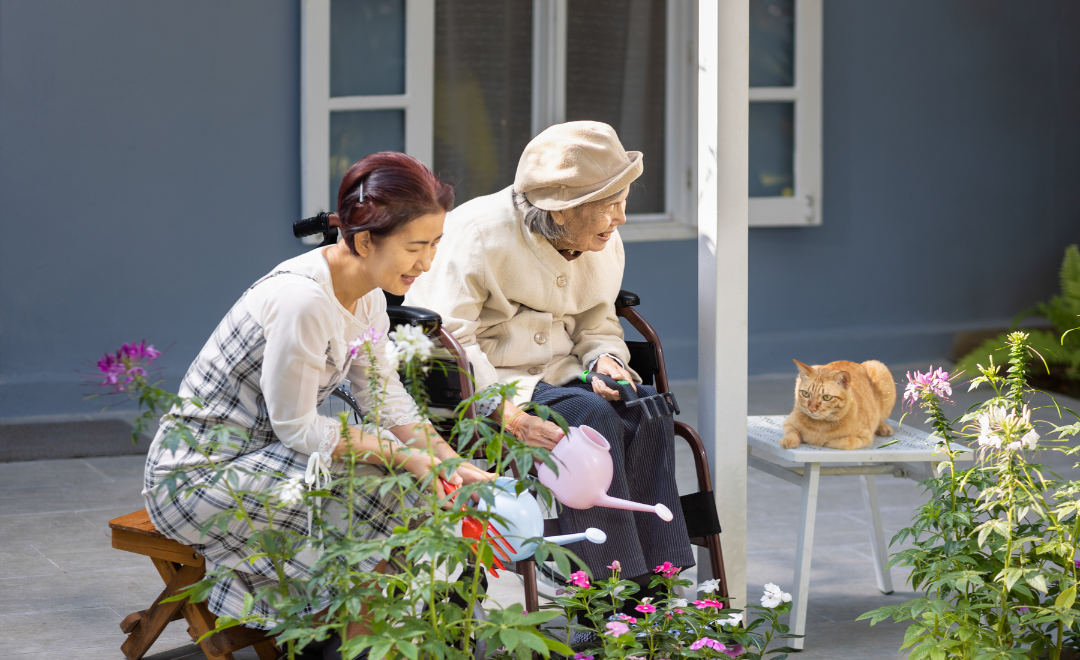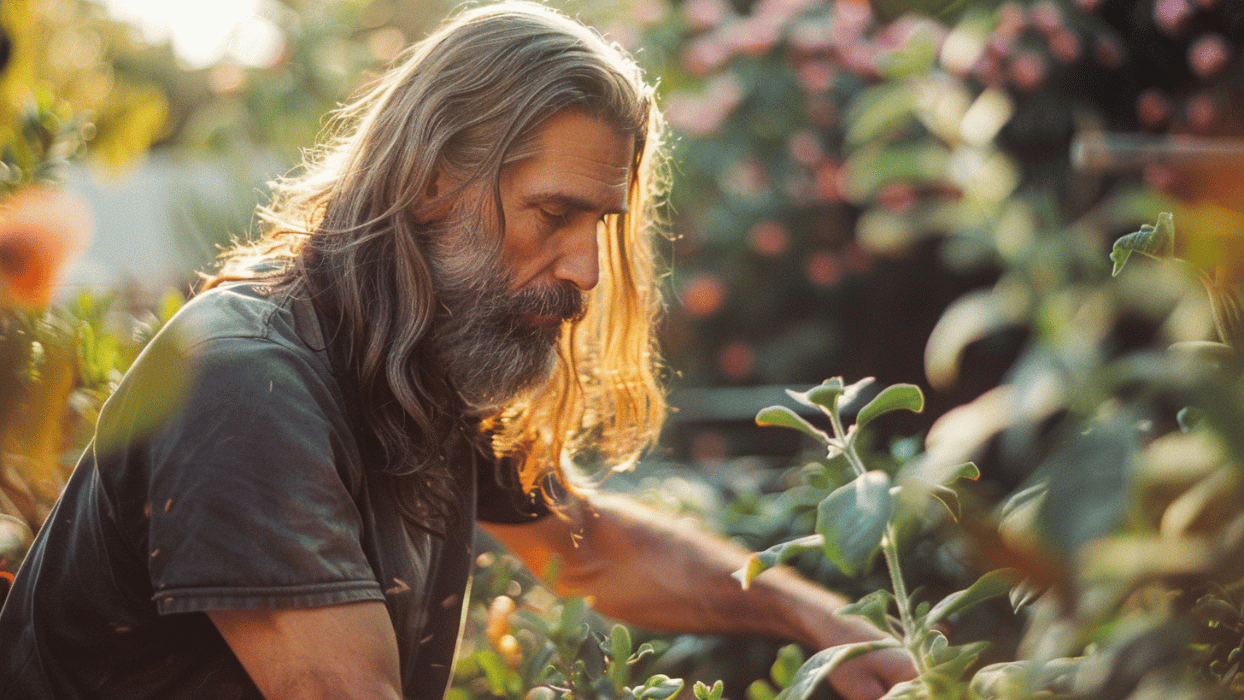Key Takeaways:
- Aging in place offers many benefits for older adults, including staying connected to their community, maintaining their independence, and reducing the risk of depression and anxiety.
- There are several modifications that seniors can make to their homes to ensure safety, comfort, and independence, including bathroom, lighting, flooring, accessible, and safety modifications.
- It's important to regularly check your home for safety hazards and make any necessary adjustments to ensure that you are living safely and comfortably. Consider reaching out to a professional for guidance if you're unsure about what modifications to make.
s we age, it's important to make modifications to our homes to ensure that we can continue living safely, comfortably, and independently.
Aging in place is becoming increasingly popular, as it offers many benefits to older adults, including:
- staying connected to community
- maintaining independence
- reducing the risk of depression and anxiety
In this home improvement article, we'll explore the modifications that seniors can make to their homes to age in place comfortably.
Modifications Ideas for Aging in Place
To ensure that your home is safe, comfortable, and accommodating as you age, consider making the following modifications:
Bathroom Modifications
The bathroom is a high-risk area for falls and injuries, especially for seniors with limited mobility. Consider installing grab bars in the shower and bathtub, as well as near the toilet, to provide additional support. You may also want to install a shower seat or transfer bench to make bathing safer and more comfortable. Additionally, consider adding non-slip mats to the floor of the shower and bathtub to reduce the risk of slips and falls.
Lighting Modifications
Good lighting is crucial for seniors, especially when our eyesight begins to decline. Consider installing brighter lights and adding motion-sensor lights in hallways and bathrooms to make it easier to navigate your home safely. You may also want to install nightlights to help you find your way in the dark. Remember to check your light bulbs regularly and replace them if they are dimming or burnt out!
Flooring Modifications
Ensure that your home's flooring is slip-resistant to reduce the risk of falls. Consider installing non-slip flooring, such as textured tiles or slip-resistant mats, in high-risk areas like the bathroom and kitchen. Additionally, remove loose rugs or carpets that can cause tripping hazards, or secure them with non-slip backing or double-sided tape.
Accessible Modifications
Ensure that your home is easily accessible for seniors with limited mobility. Consider installing a ramp or stairlift if necessary, and make sure that your home's entrance is wheelchair accessible. If you have stairs, consider installing handrails on both sides to provide additional support.
Safety Modifications
Ensure that your home is safe and secure by installing smoke detectors and carbon monoxide detectors. Check that your home's wiring is up to date, and ensure that there are no hazards, such as loose rugs or cords. Additionally, keep a fire extinguisher in a visible and easily accessible location and check it regularly to ensure that it is in working condition.
.png)
FAQ's - Modifications for Aging in Place
What if I can't afford to make these modifications to my home?
There are several resources available to seniors to help cover the cost of home modifications, such as grants or low-interest loans. Contact your local Area Agency on Aging to find out what resources are available in your area.
Do I need to hire a professional to make these modifications?
It's recommended to hire a professional to make modifications to your home, especially if you're unsure about what modifications are necessary or how to properly install them. However, there are some modifications, such as installing non-slip mats or securing loose rugs, that you may be able to do on your own.
What if I don't want to make these modifications?
While making modifications to your home can improve safety and comfort, it's ultimately your decision whether or not to make these changes. However, it's important to consider the potential risks of not making these modifications, such as an increased risk of falls or other injuries.
How often should I check my home for safety hazards?
It's recommended to check your home for safety hazards at least once a year, or more frequently if you experience a change in mobility or other health conditions. Additionally, be mindful of potential safety hazards as you go about your daily activities and make adjustments as necessary.
What if I need additional assistance with daily tasks?
If you need additional assistance with daily tasks, such as bathing or cooking, consider hiring a caregiver or home health aide. You can also contact your local Area Agency on Aging to find out what resources are available in your area.
As we age, it's important to make modifications to our homes to ensure that we can continue living safely, comfortably, and independently.
By making bathroom, lighting, flooring, accessible, and safety modifications, you can age in place comfortably and securely. If you're unsure about what modifications to make, consider reaching out to a professional for guidance. With these modifications, you can continue to enjoy the benefits of aging in place for years to come. Remember to check your home regularly for potential safety hazards and make any necessary adjustments to ensure that you are living safely and comfortably.







.gif)



.webp)


.png)
.png)
